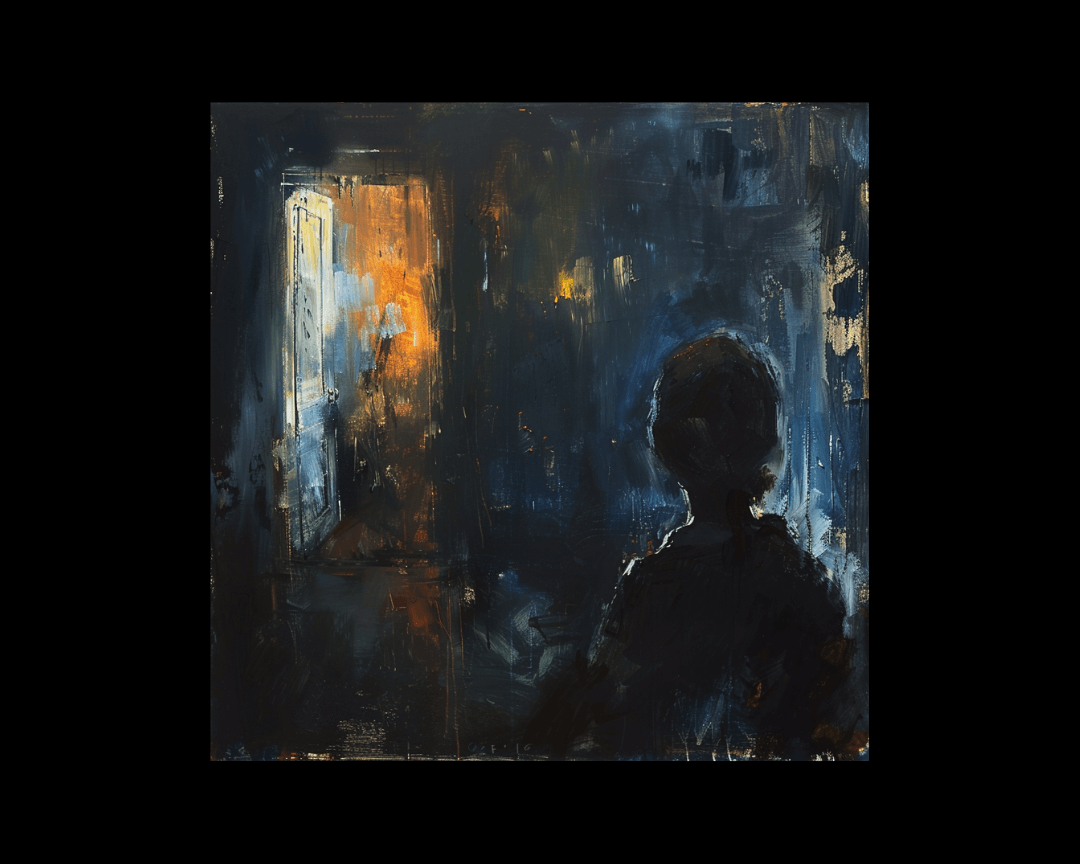Building the Ensemble: Crafting Compelling Characters in Stories
Unlocking the Magic of Character Dynamics

The role of the main characters can make or break a narrative's success. Breathing life into these characters can be fraught with doubts—are they well-rounded? Are they compelling? Will readers cheer for their success?
Crafting the perfect protagonist is a pivotal task, but it doesn’t have to be complicated. With a little bit of guidance and some creativity, anyone can develop a well-rounded main character.
Thankfully, we’re here to guide you through the process. Read on to find out how to ensure you’ve developed the right main character for your story.
A main character's ability to shoulder the weight of your story is a critical measure of their effectiveness. But what does it truly entail? An author doesn’t just craft a character with depth and complexity. They have to ensure that the character’s journey reflects the central themes and conflicts of the narrative, resonating with readers on a profound emotional level.
Let’s take a closer look.
As your narrative unfolds, the protagonist should have a compelling reason to get entangled in the events. Ask yourself: What's at stake for the protagonist if they choose inaction? If the consequences of staying out of the story's complexities are inconsequential, your character may need to be more robust to carry the plot's weight.
Every story, even those driven by action, is underpinned by a theme—a central subject the narrative explores. Consider "Indiana Jones" and its themes of good vs. evil, family, forgiveness, and integrity.
Your protagonist must not only interact with these themes but do so uniquely, making the themes personal. Themes and stakes are pivotal; characters face stakes that propel them into action, and themes emerge from those actions.
However, even if a character excels at handling these elements, it doesn't automatically make them the ideal protagonist. There's another aspect to unravel.
The main character serves as the reader's lens into the story, making it imperative that they offer the right perspective. How can you determine which character will fulfill this crucial role? The answer lies in the theme, or more precisely, thematic statements.
Authors often address specific themes in their stories, and the thematic statement is what they want to communicate about those themes through the plot or character arcs. Knowing your thematic statement is crucial, as it dictates your protagonist's statements about a theme. Take, for instance, the theme of family:
Once you define your thematic statement, ensure your chosen main character can effectively embody and communicate that statement. A case in point is J.R.R. Tolkien's "The Lord of the Rings."
In this epic, the theme of the corruption of power is explored, with the statement being that even the lowest among us have the power to fight corruption. Frodo, a Hobbit with no grandiose power, is chosen to carry the corrupting Ring—a decision that gives the narrative a unique impact.
Had Tolkien chosen other characters like Gandalf or Aragorn, the message would not resonate similarly. Frodo's perspective, unencumbered by power, aligns with the everyday reader Tolkien aimed to connect with.
Having chosen a character capable of carrying the story's weight and presenting the right thematic perspective, the next step is crafting a compelling main character who captivates readers and propels the narrative. Here’s how:
Creating characters with depth and complexity is essential. Craft characters that are as real as the people around you. Go beyond surface-level descriptions and delve into the intricacies of human psychology and behavior. Consider the multifaceted nature of individuals and imbue your characters with a rich tapestry of traits, quirks, and contradictions that mirror the complexities of real life.
Robust characters don’t merely react to the story’s plot; they propel it forward. Ensure your protagonist has a strong goal and the motivation to achieve it. Don’t compromise on plotting a story uniquely tailored to your protagonist.
Like real people, compelling main characters should possess flaws and vulnerabilities that make them relatable and human. These imperfections add depth to the character and create opportunities for growth and development throughout the story. Consider what internal or external obstacles might challenge your character's journey and how they will overcome or grapple with them.
The art of storytelling hinges on the protagonist's shoulders. Choosing a character with stakes, thematic resonance, and a captivating narrative paves the way for a story that resonates and captivates audiences.
%20(1).png)
Unlocking the Magic of Character Dynamics
%20(1).png)
As storytellers, our characters are the heart and soul of our narratives.

The Challenge and the RewardIn storytelling, the protagonist's journey often takes center stage. Readers watch, transfixed, as characters navigate...